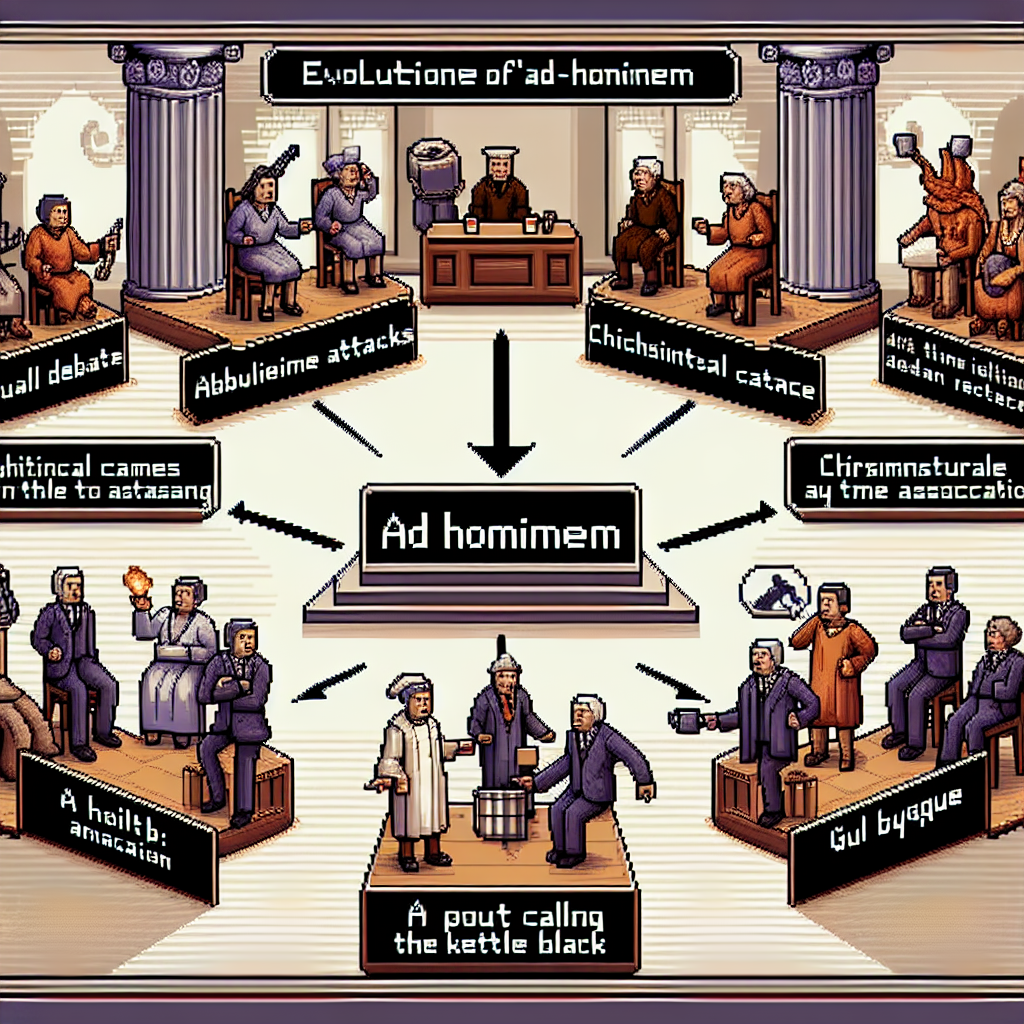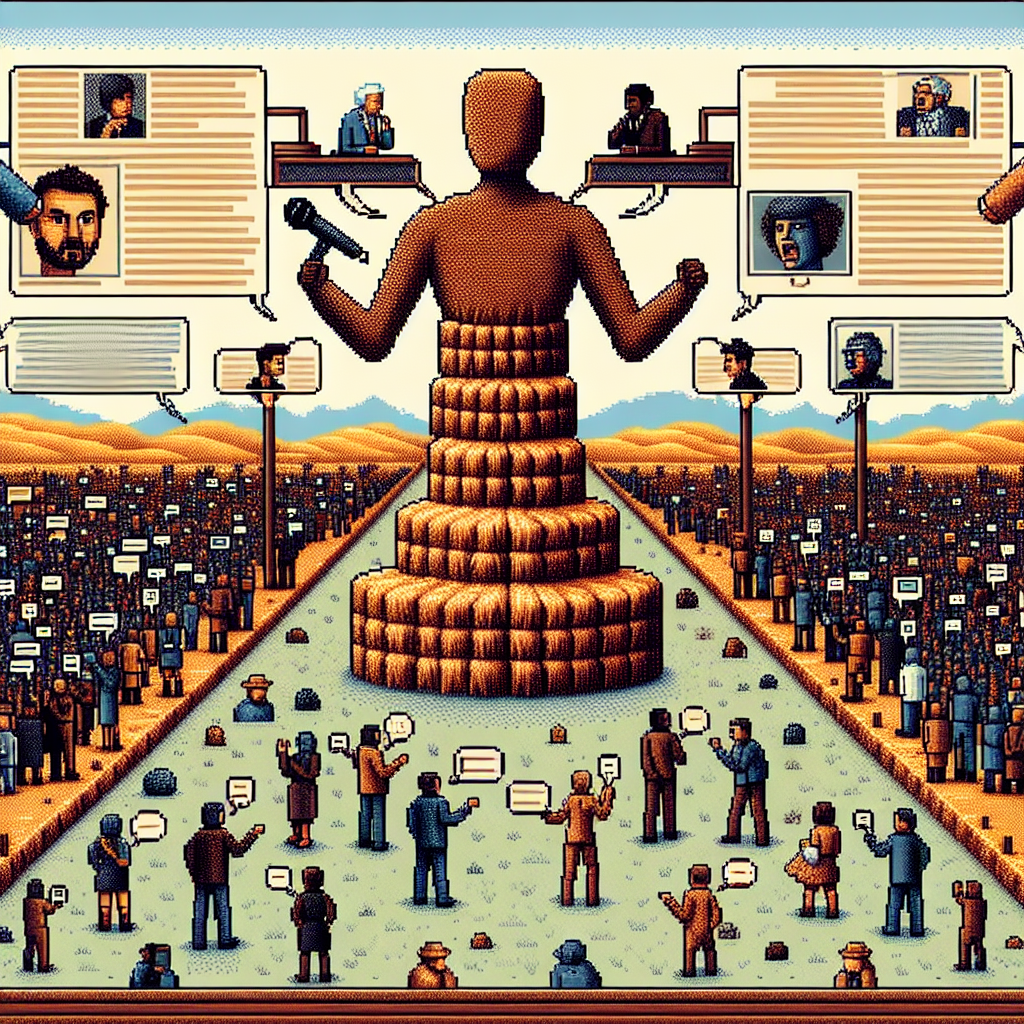Understanding False Dilemma in News
Definition of False Dilemma
A False Dilemma is a logical fallacy that presents only two options or solutions when, in fact, more exist. This simplification can lead audiences to perceive issues in black-and-white terms that are unreflective of reality. In news reporting, recognizing a False Dilemma is crucial because it helps combat misrepresentation of complex situations.
Importance of Understanding False Dilemma in News
During a time when news is instantly accessible, understanding the concept of a False Dilemma becomes vital for both journalists and readers. It allows for a deeper, more critical analysis of the information presented. Additionally, acknowledging this fallacy helps news consumers avoid making hasty conclusions. Despite the frequency of its occurrence, awareness of the False Dilemma can drastically improve the quality of public discourse around pressing issues. By educating oneself about such fallacies, individuals can contribute to a more informed and nuanced public debate.
Historical Context of False Dilemma in News
Origin and Evolution of False Dilemma in Media
The concept of False Dilemma has deep roots in media history, often arising during times of social and political upheaval. False Dilemma implies a situation where only two choices are presented, ignoring potential alternatives. Historically, this tactic has served as a tool for simplifying complex issues. As media evolved, especially with the rise of newspapers during the Industrial Revolution, the use of overly simplistic dualities to capture public attention and shape perceptions became more prevalent. This evolution occurred because sensationalism often increased sales and public engagement. Additionally, as political and ideological battles intensified over the decades, media outlets sometimes presented issues as binary to either support a particular viewpoint or simplify reporting for an audience not eager to wade through complexities.
Notable Examples in News History
Throughout history, there have been numerous instances where the media employed a False Dilemma to shape public opinion. A notable example includes the Cold War era, where the narrative was frequently reduced to a binary conflict between capitalism and communism, despite the presence of numerous non-aligned movements. This trend has continued into the digital age, where rapid information dissemination often prioritizes simplicity over nuance. Understanding these historical patterns helps us recognize how media has perpetuated simplified narratives and underscores the importance of promoting critical analysis in contemporary news consumption.
Identifying False Dilemma in News Reporting
Key Characteristics and Signs
Understanding the False Dilemma in news reporting is essential. It often presents an issue as having only two possible outcomes, concealing other viable alternatives. This tactic simplifies complex matters, misleading the audience. News reports using either-or language or presenting starkly contrasting options typically signal this fallacy. Additionally, headlines that provoke emotional responses often indicate a narrowed perspective.
Common Scenarios Where It Arises
The False Dilemma frequently surfaces in politically charged topics or contentious debates. During election cycles, media outlets might portray candidates as the sole options, despite the presence of third parties. Similarly, in coverage of public policies, reporters may present issues as having only negative or positive outcomes. Recognizing these scenarios enables readers to maintain a more balanced view. By broadening the narrative, it is possible to avoid falling into this persuasive media trap and encourage more nuanced discussions.
Impact of False Dilemma on Public Perception
Influencing Public Opinion
The False Dilemma, frequently deployed in news reporting, significantly sways public opinion by simplifying complex issues into binary choices. This reductionist approach appeals to emotions and biases, leaving audiences with a sense of inadequacy in understanding the full scope of matters. As a result, individuals are often led to accept one-dimensional perspectives because alternatives are not presented, nor are the nuances of the issue explored.
Consequences for Decision-Making and Policy
Moreover, the prevalence of False Dilemmas can lead to serious consequences for decision-making and policy development. These limited narratives can skew public discourse, substantially affecting policy outcomes and the democratic process. During policy debates, decision-makers may find themselves pressured to take sides, despite the existence of more balanced or innovative solutions. Thus, it becomes essential for news consumers and journalists to diligently seek out multiple viewpoints and promote a more comprehensive examination of the issues at hand. Additionally, fostering critical thinking can mitigate the adverse effects of oversimplified narratives on public perception.
Case Studies: Understanding the False Dilemma
Recent Examples from News Headlines
In order to truly grasp the impact of a False Dilemma, it’s essential to examine real-world examples from recent news. One such instance emerged during the debate over environmental policies, where reporting often suggested that one must choose between economic growth and environmental responsibility. This narrow framing can mislead readers by ignoring the complexities of policy-making.
Analysis of Long-term Effects of These Case Studies
Analyzing these False Dilemma instances reveals that they can have significant long-term effects on public perception. When readers are presented with only two opposing choices, it stifles the opportunity for nuanced discussion and informed decision-making. Additionally, it can polarize communities, because it encourages a divisive “us versus them” mentality. Therefore, understanding the presence of False Dilemma in media is crucial for fostering a more informed and less polarized society.
Strategies for Avoidance and Better News Consumption
Tips for Journalists and News Organizations
Journalists can avoid the False Dilemma by ensuring that their reporting includes a wide range of perspectives. This involves conducting thorough research and presenting all relevant sides of a story. Additionally, it’s crucial to challenge oversimplified narratives because these often omit necessary nuances. By encouraging critical thinking among audiences, news organizations can foster more informed discourse.
Techniques for Readers to Recognize False Dilemma
Readers, meanwhile, should approach news articles with a skeptical mind, asking critical questions about the choices presented. When faced with news that seems to suggest only two options, considering the broader context can reveal overlooked alternatives. Despite the fast-paced nature of today’s media landscape, taking the time to cross-check information across multiple sources strengthens the ability to recognize a False Dilemma. Ultimately, developing these skills enhances one’s overall news consumption experience.
The Role of Social Media in Amplifying False Dilemma
Case Study: Viral News Scenario
In a recent incident, a heated debate on climate change policies was reduced to a False Dilemma on social media platforms. Users were presented with only two options: “abandon all fossil fuels immediately” or “continue with current practices indefinitely.” This oversimplified narrative quickly went viral, gaining traction through shares and likes. Despite the fact that climate policy is far more nuanced, social media’s algorithm favored this black-and-white view, further distorting public understanding.
Solution: Encouraging Critical Engagement
Social media platforms have a responsibility to address this tendency toward simplified perspectives. Implementing tools that flag potentially misleading content, alongside promoting nuanced discussions, could help. Additionally, users are encouraged to critically engage by seeking out diverse sources and expert opinions. By doing so, they can begin to dismantle the False Dilemma framework and foster a more informed public discourse.


